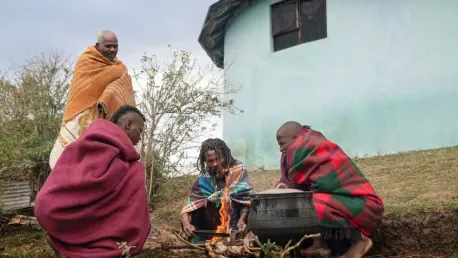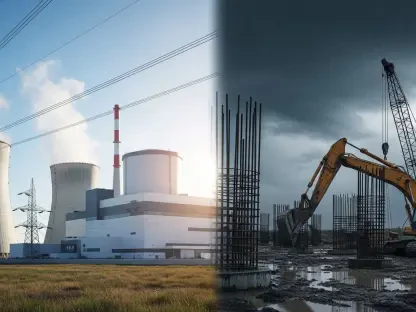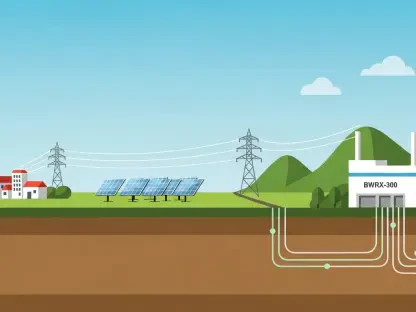The recent strides made in solar energy adoption by Indigenous communities in the United States represent a notable shift towards sustainable energy and self-reliance. Funded by the EPA with a $135.5 million grant awarded to the Tribal Renewable Energy Coalition (TREC) in 2024, the first Solar for All projects have set a benchmark in empowering tribal communities. Notably, the Chippewa Cree Tribe in Montana and the Oglala Sioux Tribe in South Dakota have benefited immensely, marking a significant milestone in energy independence, sustainability, and economic empowerment.
Benefits of Renewable Energy in Tribal Communities
Introducing solar energy to tribal lands goes beyond just providing a renewable power source; it plays a crucial role in promoting energy independence and reducing long-term utility costs for these communities. The Chippewa Cree Tribe and the Oglala Sioux Tribe both received no-cost solar installations. These installations have not only helped to provide an efficient and sustainable energy source but have also facilitated financial savings for the residents. Each residential installation contributes approximately 8kW of clean energy, significantly reducing reliance on non-renewable energy sources and helping mitigate the impact of power outages through home batteries.
The impact of these installations extends into workforce development, providing training and job opportunities that were previously scarce within these communities. Red Cloud Renewable, a nonprofit organization, has been pivotal in this effort, offering workforce training to individuals from five different tribes. The diversity of participation underscores the far-reaching impact and enthusiasm for renewable energy initiatives among Indigenous people. Thirteen individuals from the Chippewa Cree Tribe and others from various tribes participating in the Oglala Sioux project have undergone comprehensive training. Their involvement not only addresses the energy needs of their communities but also empowers them with the necessary skills to become part of the broader renewable energy workforce.
Workforce Development and Economic Opportunities
The program’s rigorous selection process has ensured that the trainee positions are filled by Indigenous participants, fostering a sense of community investment and ownership. Over 100 applications were received for the 30 available trainee slots, a testament to the high demand and interest within these communities. This initiative holds particular significance as Native Americans currently represent less than 1% of the workforce in the solar industry. Through projects like these, there is a tangible pathway to increasing representation and creating career opportunities that enable long-term economic benefits.
As of January 2025, six trainees have successfully secured full-time positions in the solar energy industry. This early success highlights the initiative’s potential to drive meaningful change in addressing unemployment rates and providing sustainable income sources for Indigenous families. The hands-on experience gained during the training not only aids in securing jobs but also equips individuals with the skills to pursue further opportunities in the growing renewable energy sector. The continuation of these projects in spring 2025, subject to weather conditions, signifies a long-term commitment to sustaining and scaling these benefits.
Collaborative Approach to Sustainability
The recent advancements in solar energy adoption by Indigenous communities in the United States highlight a significant movement towards sustainable energy and self-reliance. With a substantial $135.5 million grant from the EPA awarded to the Tribal Renewable Energy Coalition (TREC) in 2024, the initial Solar for All projects have established a benchmark in empowering tribal communities. The Chippewa Cree Tribe in Montana and the Oglala Sioux Tribe in South Dakota are among the most notable beneficiaries, marking a monumental step in achieving energy independence, sustainability, and economic empowerment.
These initiatives not only provide cleaner energy but also create job opportunities and reduce utility costs for these communities. By harnessing solar power, these tribes are not only supporting environmental conservation but also enhancing their economic stability and resilience. This movement towards solar energy is a crucial part of a broader effort to ensure that Indigenous communities have control over their energy resources, promote environmental stewardship, and achieve greater levels of self-determination and prosperity.









